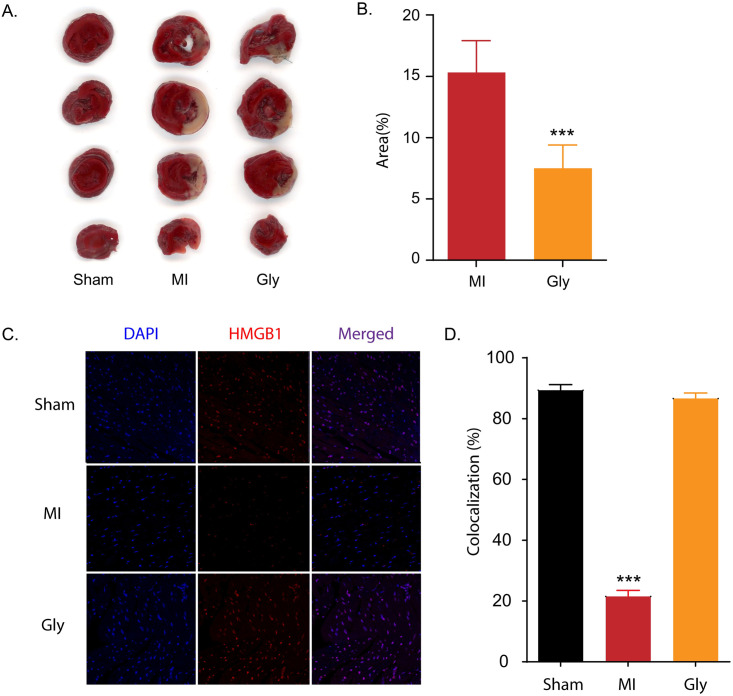Fig 4. Glycyrrhizin reduces infarct volume in myocardial I/R injury and glycyrrhizin suppresses extracellular release of HMGB1 in myocardial I/R injury.
To verify the cardioprotective effect of TTM by specifically inhibiting HMGB1, rats were assigned to sham, LAD I/R, and LAD I/R after pre-treatment with glycyrrhizin (known as a pharmacological inhibitor of HMGB1) groups. A. Representative image for 2,3,5-triphenyltetrazolium chloride (TTC) staining comparing myocardial I/R injury with normothermia and glycyrrhizin pre-treatment. B. Quantification of TTC staining results in A (the number of animals: n = 5, respectively). ***P < 0.001 comparing myocardial I/R injury with and without glycyrrhizin, unpaired t-test. C. Quantification of immunohistochemistry results in D (the number of animals: n = 5, respectively). D. Representative images showing HMGB1 immunoreactivity from myocardial I/R injury with and without glycyrrhizin B treatment. ***P < 0.001, comparing myocardial I/R injury with and without glycyrrhizin by one-way analysis of variance (ANOVA) followed by Bonferroni post hoc test.

